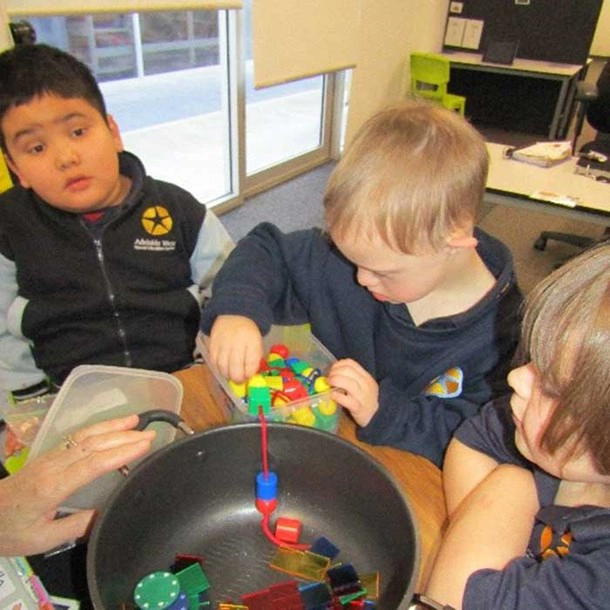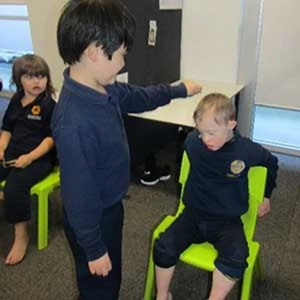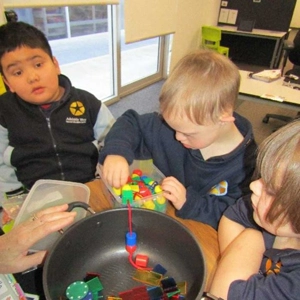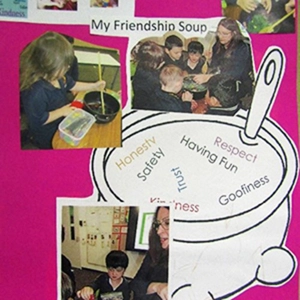Keeping Safe: Child Protection Curriculum
The KS:CPC is mandated at all South Australian Department for Education sites for children and young people from age 3 to year 12. It’s a requirement that the approved child protection curriculum will be taught by staff who have received training in its use. Teachers must complete the full day training course before delivering the KS:CPC to children and young people.
Key elements
The Royal Commission into Institutional Responses to Child Sexual Abuse found that mainstream education programs about respectful sexual relationships are often inaccessible to students with disability making it more difficult for some to identify and speak up about abuse. In South Australia, the needs of this cohort were identified within the Keeping Safe: Child Protection Curriculum with the publication of Support materials: disability and additional needs.






